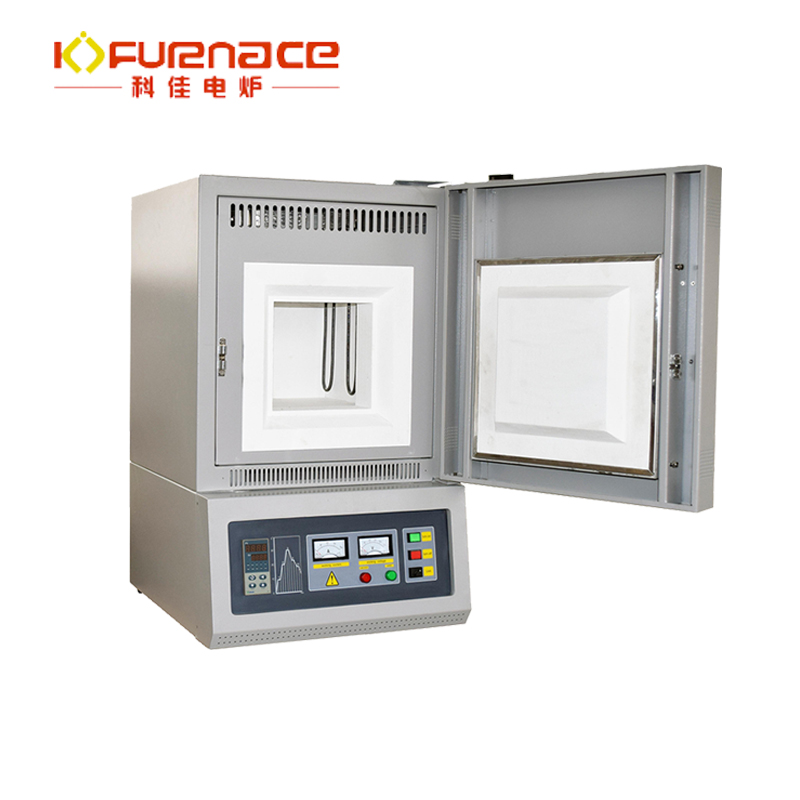When the mold is heated in a box furnace, it is easy to oxidize and decarburize, which depletes the surface metal elements of the workpiece, which not only affects the surface quality, but also reduces the mechanical properties and corrosion resistance of the metal. The convex and concave molds of the mold generally need to be quenched. After quenching, they are slightly ground and then assembled for use. If the mold produces severe oxidative decarburization during heating, the oxidative decarburization layer is often not completely eliminated during assembly, which affects the use of accessories. To avoid the formation of overburning and oxidative decarburization, we must first understand how overburning and oxidative decarburization are formed.

Overburning phenomenon: The so-called overburning refers to the phenomenon that the heating temperature of industrial electric furnace is too high, which causes the austenite grains to be coarse, and the grain boundaries are locally oxidized or melted, which leads to the weakening of the grain boundaries. The performance of steel will deteriorate severely after overburning, and even tortoise cracks will be formed during quenching. The overburned structure of the tube furnace cannot be recovered and must be scrapped. So we must avoid overburning during actual operation.
Decarburization: Generally, when an industrial electric furnace heats steel, the surface carbon reacts with oxygen, hydrogen, carbon dioxide and water vapor in the medium to reduce the surface carbon concentration. This is called decarburization. After decarburization steel is quenched, not only the surface hardness and fatigue strength will be greatly reduced, but also its wear resistance will be weakened, and the residual tensile stress formed on the surface will also easily form surface network cracks.
Oxidation phenomenon: Oxidation is usually called oxidation when iron and alloys and elements on the surface of steel react with oxygen, carbon dioxide, and water vapor in the medium when heated in a box-type electric furnace. For this kind of problem, the surface coating of the workpiece is generally used, the stainless steel foil is used for sealing and heating, and the salt bath furnace is used for heating to prevent the oxidation and decarburization of the workpiece. Ordinary workpieces will be oxidized above 570 degrees. After oxidation, not only the dimensional accuracy and surface brightness of the oxidized workpiece will be extremely deteriorated, but also the steel parts with poor hardenability when they have an oxide film will be prone to quenching soft spots. occur.
